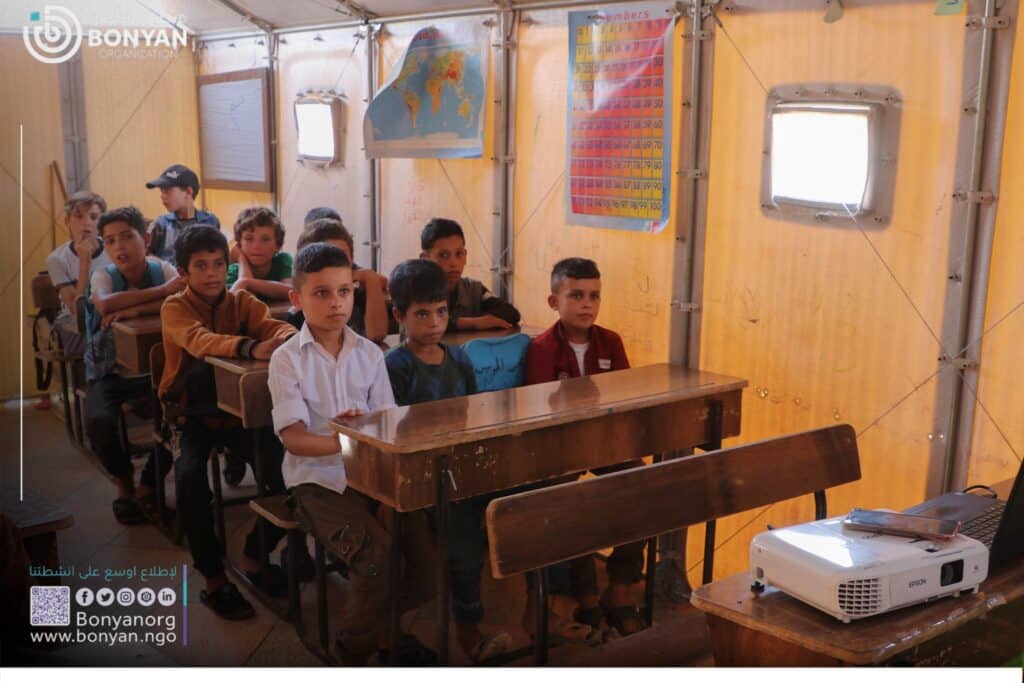How Many Types of Refugees Are There?
Globally, 89.3 million people have been forced to leave their homes. Nearly 27.1 million of them are refugees, with about half of them being under the age of 18.
Millions of people also lack access to fundamental rights, including education, healthcare, work, and freedom of travel.
There are various kinds of refugees, and they all have different motivations for migration.
Refugee definition
According to the UN convention, determined refugees are people who flee their homes because of the fear of war or being persecuted because of national origin, race, and religious or political affiliation.
Asylum Seekers
The asylum seeker is a refugee who hasn’t been officially recognized by his fled country.
The asylum seeker process is long and hard, and many asylum seekers get to struggle through it.
And sometimes, they have no place to stay or at least to sleep in, and it ends in the refugee camps.
Internally Displaced Persons
Those whose homes have been badly affected by the damage done by the war.
Where many families lost their houses entirely and found themselves forced to find another place within their country to go to and settle in.
It is equally hard for these families to balance their daily life routines back to normal, and it might be a long, painful, and stressful process for them until they do.

Stateless Persons
These people were forced to live without any nationality, which means that they don’t belong to any country, and they are living without any identifying documents.
They don’t have the right to education, health care, or something else.
Religious or Political Affiliation
Many refugees in the world have been forced to leave their countries because of discrimination based on things like race or political affiliation, and this discrimination has led to the presence of refugees all over the world.
War Refugees
People escaping war are one of the worst reasons in the world to escape from home and seek to live elsewhere.
Through time, many people were forced to leave their homes, families, friends, and their entire communities, seeking another country to live in safety and peace.
Over time, and through generations to this day, wars are the most reason which generates refugees, in addition to many fundamental problems.
- Wars deplete the goodness and energies of society.
- Wars destroy the country’s infrastructure.
- Wars tear countries and split their nation.
- Wars destroy the economy of all countries.
Read More: Types Of Charities And Donors
Hunger
People are being compelled to leave their homes in search of reliable food sources by unpredictable and changing climates, which make them hunger refugees.
Types of Refugees in Human Rights
Refugees come in a wide variety of forms. Syria has produced the most, at 5.6 million, followed by Afghanistan and Sudan, each with over 2 million.
Refugees types are;
- Refugee.
- Asylum Seeker.
- Internally displaced person.
- Stateless person.
- Religion or political affiliation.
- Hunger.
- War refugee.
Causes of Refugees
There are numerous reasons, such as conflict, violence, or the fear of persecution. People become refugees due to threats based on their citizenship, religion, race, political affiliation, or participation in a particular group.
Unfortunately, refugees find themselves, in a minute, forced to depart immediately just to save their lives.
Occasionally, refugees have no time to carry anything rather than a few items. Moreover, many refugees find traveling to a foreign nation very challenging.
Therefore, most people who flee their homes just relocate to their own country, where it is safer.
FAQ
What Are the Examples of Refugees?
There are many people who are refugees around the world, like people who migrated from Syria, Yemen, Palestine…etc.
What is Classified as a Refugee?
Refugees have fled war, violence, conflict, or persecution and have crossed an international border to find safety in another country.
Who Decides Who is a Refugee?
Governments or UNHCR.



